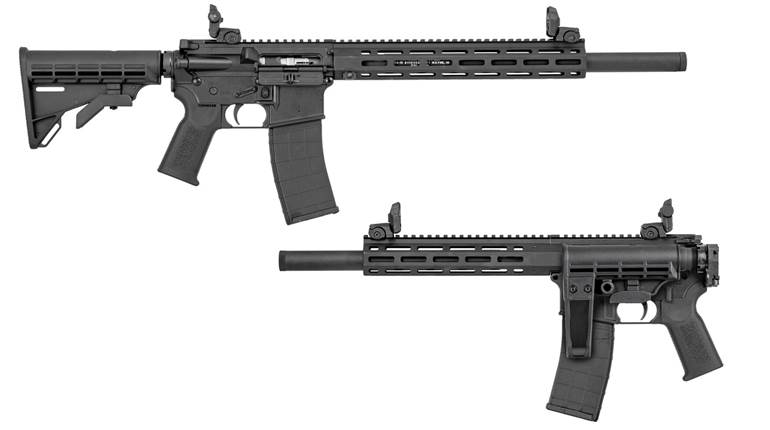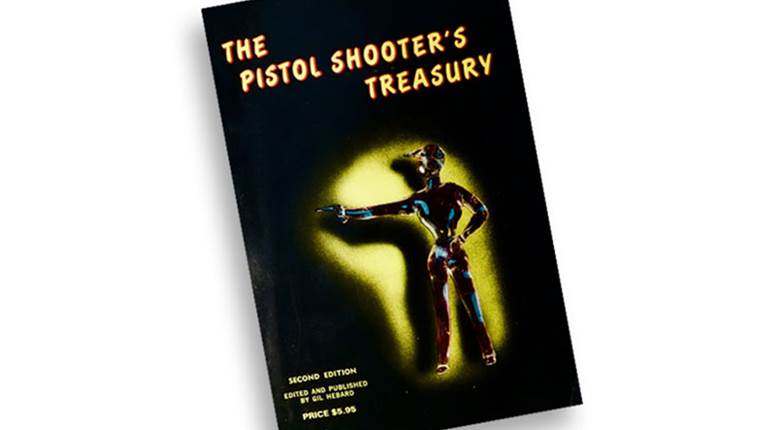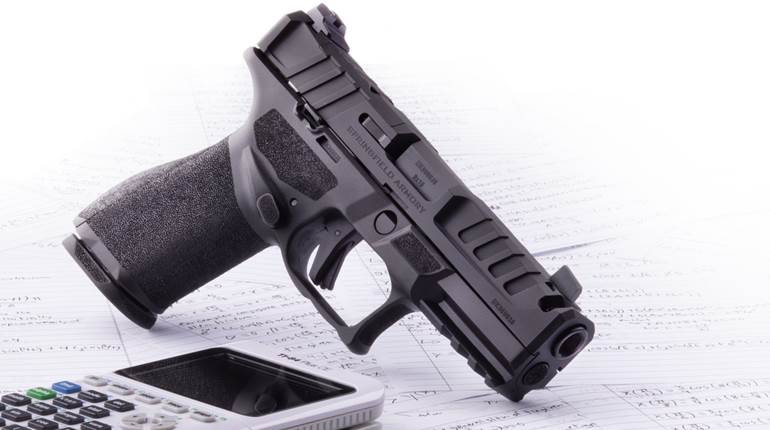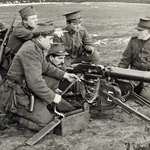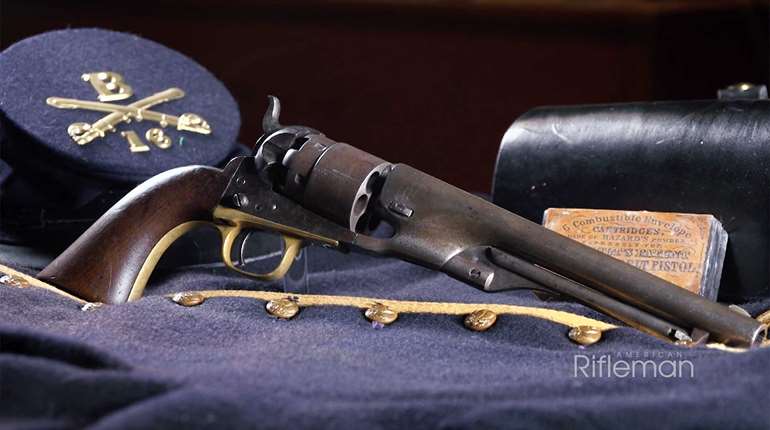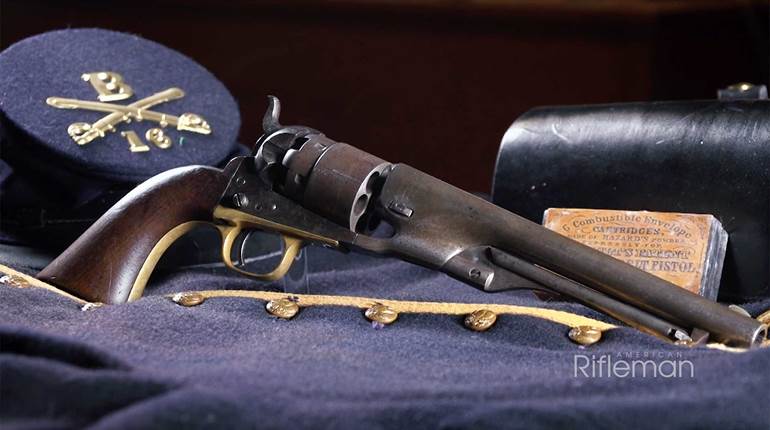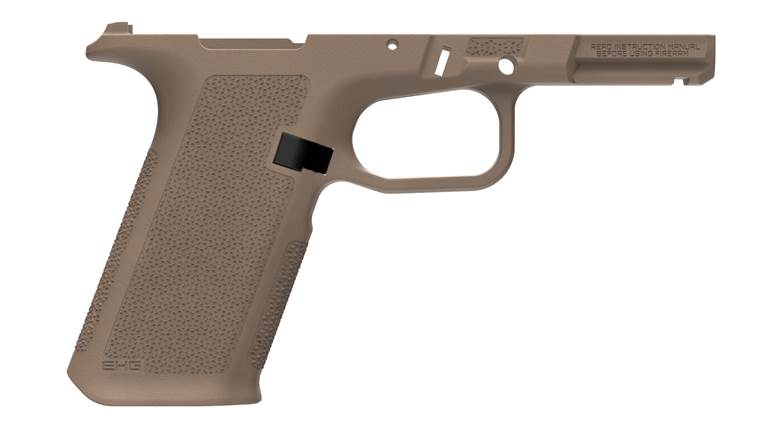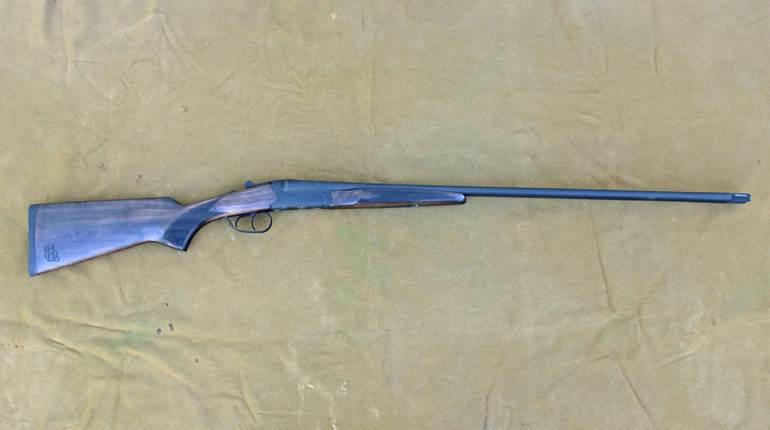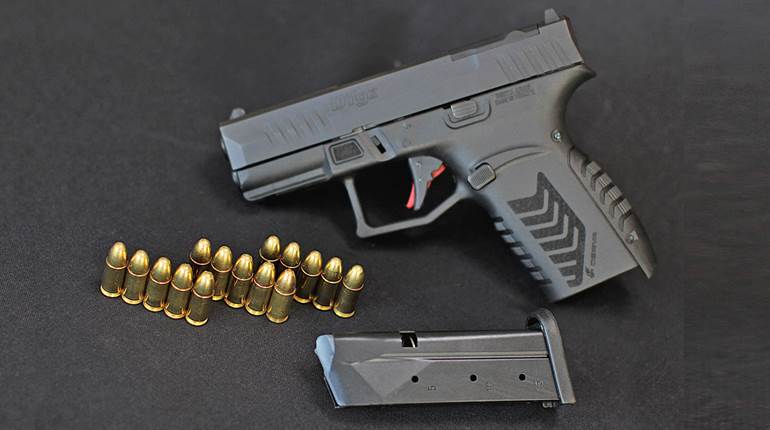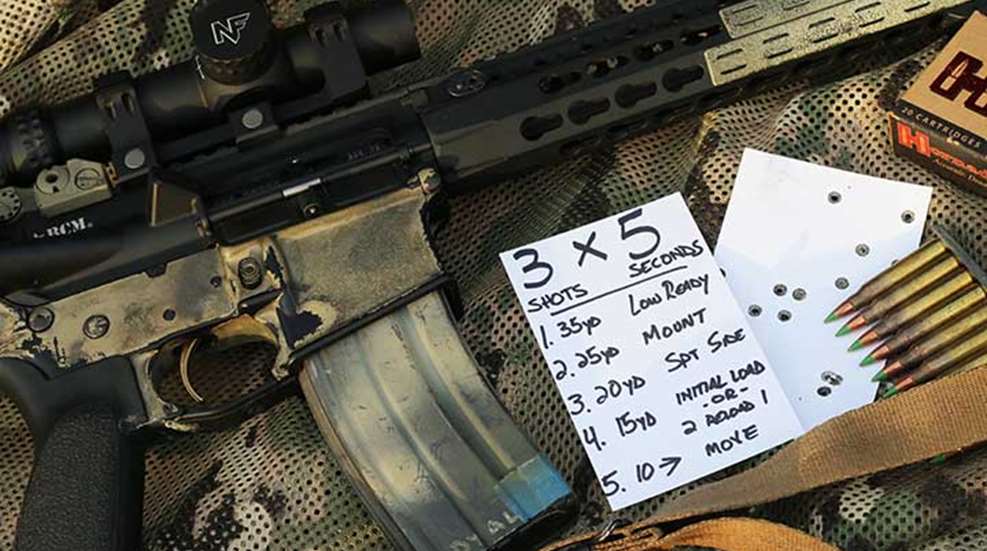
The AR-15 platform, in all of its variations, is by far the most popular rifle in America. Untold numbers of shooters regularly take their rifle to the range for an enjoyable session. However, outside of carbine training classes, there are remarkably few AR-15-specific shooting drills that challenge the shooter in a situational framework.
Many shooters just end up rapid firing at relatively close range, which always great fun but probably contributing more to familiarity than actually building skill. I wanted a simple drill for my own use that challenged me to deliver tightly controlled shots in an aggressive timeframe across several scenarios. The 3x5 is what resulted.
The 3x5 is one of those happy coincidences where everything came together in a golden shooting ratio and an easy mnemonic. The target is the ubiquitous and inexpensive 3" by 5" index card; representing putting the shot precisely where intended in practical usage. The drill consists of three shots in a five second time limit across five strings.
It's pretty easy to remember. I have found that even great drills that have to be explained in detail and require cheat sheets to administer are typically confined to organizational programs and quite dedicated enthusiasts. The simple drill that is easily remembered at the range gets broader use.
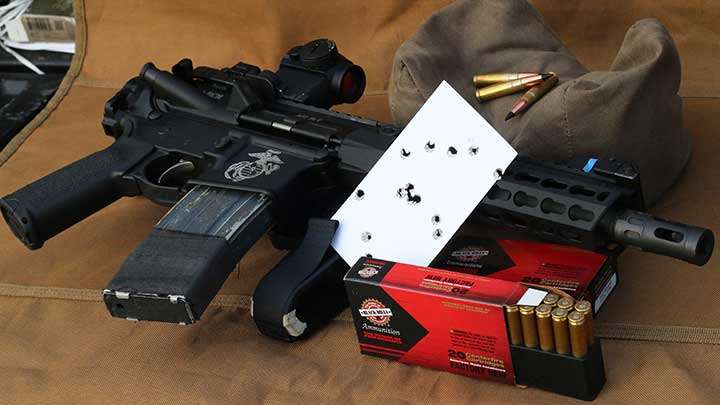
The first string of fire starts from the low ready at 35 yds. Placing three shots in into the index card in five seconds is a challenge, equating to a minimally exposed target or scaled for distance to approximate an 8" target at 100 yds. This is a relatively tough shot among any group. Making the time limit and hits forces the shooter to have excellent mechanics across the board, but particularly trigger control and shot recovery.
The second string of fire starts from the mount at 25 yds. Whatever the practical employment of the rifle, one of the weak links for many is efficiently getting the rifle from the carry position, or from wherever it has been retrieved, and into a firing mount. Mounting the rifle is the long gun version of a smooth draw from the holster for the handgun. The shooting challenge at 25 yds. is still no gimmick, equating closely to the most difficult shot on numerous well known carbine qual courses. Stacking hits here is a blend of efficiency, aggressiveness and control.
The third string of fire starts from the support side at 20 yds. The shooter begins with the rifle at the low ready on the non-dominant shooting side, which is the left shoulder for most of the population. The 20-yd. distance demands a level of execution which is a challenge for many who’ve not yet put much time into support side shooting.
Fourth string involves an initial load or a reload at 15 yards. Many shooters store their rifle in what the Marine Corps would describe as ‘condition four,’ which is magazine out, bolt forward and safety on. Being able to efficiently seat a filled magazine and charge the weapon is as equally relevant to the patrol officer with a rifle in the trunk as it is to the homeowner with a rifle in the closet. Consistently making the time limit here may require some practice.
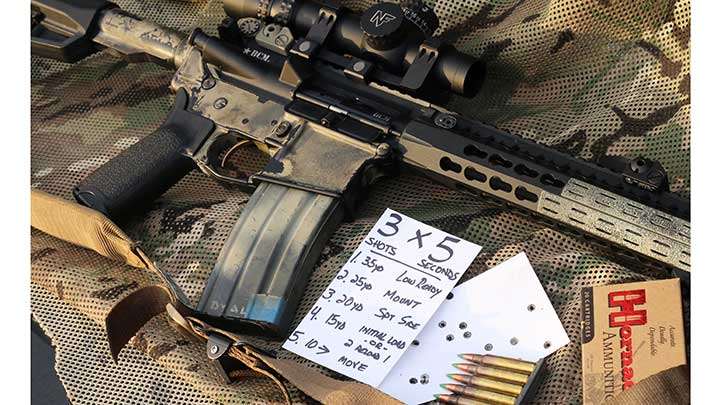
Some shooters may prefer to practice reloading their carbine, in which case the string is to begin with two rounds in the gun and at the low ready. On the signal, fire two rounds and execute a reload. Then fire an additional shot into the index card. The shooting challenge between the initial load and reload is quite similar and shooters may try each on alternate runs.
Some professional users may have standard operating procedures that call for transitioning to the pistol when the long gun is empty or fails to fire at 15 yds. The drill can be adapted to a transition but fair warning that very few shooters can make the time and hits on the card when transitioning to the handgun.
Finally, the fifth string of fire is on the move from 10 yds. Shooters will have to mind their optic height over bore and offset their shots on this string, or risk losing shots below the card. The smallish target size translates to a level of control on the move that is relatively unforgiving of poor technique. This is the only string that may be difficult to conduct for the many urban or suburban shooters who use indoor ranges. Those shooters may have to modify the string to their own use within the range limitations.
The 3x5 is one of those drills which is useful for a wide range of skill levels. The first-time shooter will find this somewhat daunting, but may scale the drill by placing the card vertically in the black of a 25 yds. bullseye and attempt to keep all shots in the black inside of the time limits and track the hits on the card as skill improves.
The more experienced shooter will find some strings to be a real challenge, highlighting where some practice and refinement will pay off. The soldier, patrol rifleman or competitor should be looking for 11 or more hits with some consistency.
The very skilled shooter will still find the 3x5 useful as a "check ride." This is a drill that even the best will find that they cannot sleep walk through, although they may have little difficulty stacking 15 hits on most occasions. It will still require deliberate effort and focus throughout. Late hits are scored as misses, everything must be in a string. Clearly visible impacts on the edge hits count. The safety must be on before each string is fired.
The 3x5 drill is somewhat AR-15 specific, as shooters with less ergonomic carbines like the AK, M1A and M1 carbine may need to expand the time window on string four to six seconds in order to accommodate a reload. I’ve shot the drill with a wide variety of semi-automatic rifles and find the drill is a great baseline to compare different platforms. Perhaps the most enjoyable and challenging was the M1 Garand, which is highly recommended!
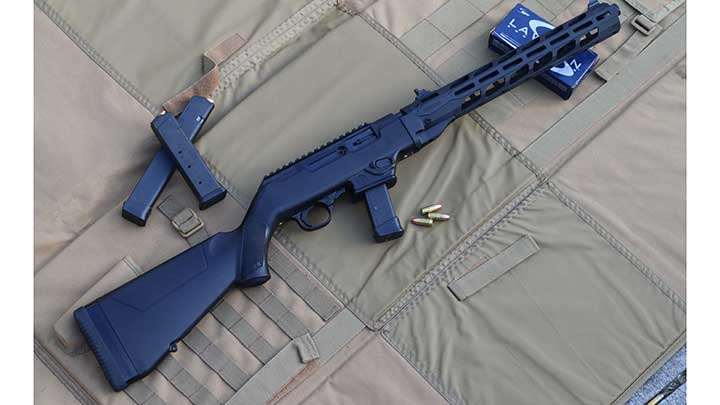
The drill seems to be particularly well matched to the braced AR-15 pistol and the various pistol-caliber carbines. These two platforms tend to be at their best up close and from the standing position, where the 3x5 lives.
The two greatest virtues of the rifle are its precision and its power. The 3x5 forces the shooter to control that precision and aggressively place that power where intended. Check it out on your next range trip and let us know what you think.












